Growing Artichokes: A Gardener’s Delight
Growing artichokes has always fascinated me. There’s something incredibly rewarding about nurturing these thistle-like plants from tiny seedlings to the majestic, globe-shaped buds we all know and love. This isn’t just about harvesting delicious food; it’s about connecting with nature on a deeper level, understanding the life cycle of a plant, and experiencing the pure satisfaction of growing your own organic produce. This article is your guide to unlocking the secrets of growing artichokes, filled with simple yet effective DIY tricks and hacks that will transform your gardening experience.
Historically, artichokes have a rich and fascinating past, cultivated for centuries in the Mediterranean region. Their journey from ancient Roman feasts to modern-day gardens is a testament to their enduring appeal. But you don’t need to be a seasoned gardener to enjoy the fruits (or rather, the buds!) of your labor. Even if you have limited space, growing artichokes is achievable with the right techniques.
Why You Need These DIY Artichoke Growing Hacks
In today’s world, we’re increasingly aware of the importance of fresh, healthy food. Knowing exactly where your food comes from and how it’s grown is a powerful feeling. These DIY tips for growing artichokes will help you bypass expensive grocery store prices and enjoy the unparalleled flavor of homegrown artichokes. Whether you’re a seasoned gardener or a complete beginner, these simple tricks will help you overcome common challenges and maximize your harvest. From preparing the soil to dealing with pests, we’ll cover it all, ensuring your artichoke journey is a successful and enjoyable one. Let’s get started!
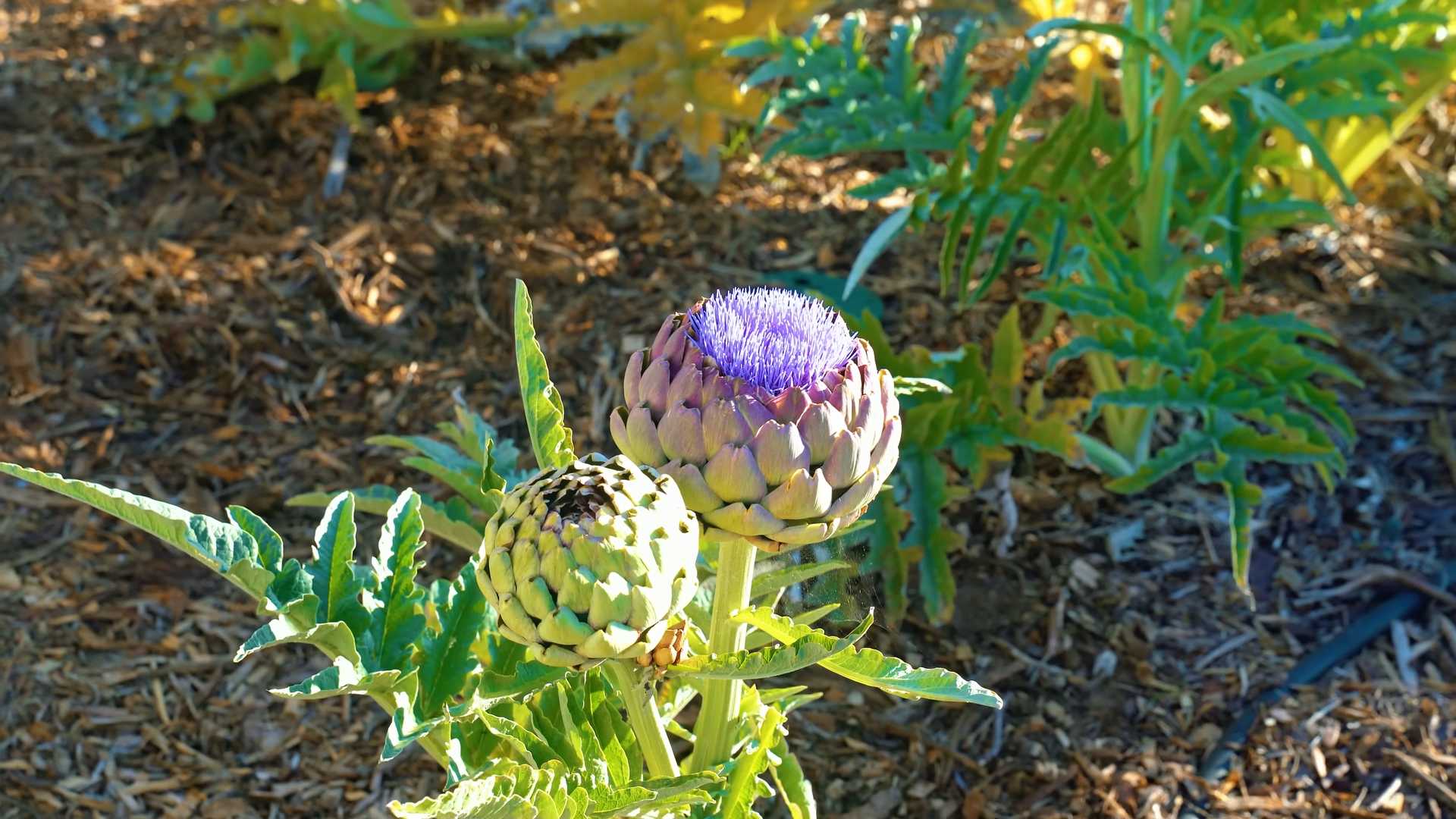
Growing Artichokes: A DIY Guide to a Delicious Harvest
I’ve always loved artichokes, those fascinating thistle-like vegetables with their tender hearts and delicious leaves. But buying them from the store can get expensive! So, I decided to try growing my own. It’s been a rewarding experience, and I’m excited to share my journey with you. This guide will walk you through the process, from planting to harvesting, ensuring you have a bountiful crop of homegrown artichokes.
Choosing Your Artichoke Variety and Location
- Select a variety suitable for your climate. Artichokes need a long, warm growing season (at least 180 frost-free days). Research varieties that thrive in your region. Some popular choices include ‘Green Globe’, ‘Imperial Star’, and ‘Violetta’. Consider the size of the plant as well; some varieties can get quite large.
- Find a sunny spot. Artichokes need at least six to eight hours of direct sunlight daily. A south-facing location is ideal in the Northern Hemisphere.
- Prepare the soil. Artichokes prefer well-drained, fertile soil with a slightly acidic pH (6.0-7.0). Amend heavy clay soil with compost or other organic matter to improve drainage and aeration. Sandy soil may need the addition of organic matter to retain moisture.
- Consider wind protection. Strong winds can damage artichoke plants, especially when they are young. Choose a location sheltered from prevailing winds, or plan to provide some wind protection later.
Planting Your Artichokes
- Start from seed or buy established plants. Starting from seed requires more patience, as it takes longer for the plants to mature and produce artichokes. Buying established plants from a nursery is a quicker way to get a harvest. If starting from seed, sow them indoors 6-8 weeks before the last expected frost.
- Prepare the planting hole. Dig a hole twice as wide and as deep as the root ball of your plant (or seed). If planting multiple artichokes, space them 3-4 feet apart to allow for growth.
- Plant the artichoke. Gently place the plant in the hole, ensuring the crown is level with the soil surface. Backfill the hole with soil, gently firming it around the roots. Water thoroughly after planting.
- Mulch around the plants. Apply a 2-3 inch layer of organic mulch, such as straw or shredded bark, to help retain moisture, suppress weeds, and regulate soil temperature.
Ongoing Care and Maintenance
- Water regularly. Artichokes need consistent moisture, especially during dry periods. Water deeply and regularly, aiming for about 1 inch of water per week. Adjust watering based on rainfall and soil conditions. Avoid overwatering, which can lead to root rot.
- Fertilize appropriately. Feed your artichokes with a balanced fertilizer (like a 10-10-10) every few weeks during the growing season. Follow the instructions on the fertilizer package for application rates. Organic fertilizers, such as compost tea, are also a good option.
- Weed regularly. Keep the area around your artichokes free of weeds, which compete for water and nutrients. Mulching helps to suppress weeds, reducing the need for frequent weeding.
- Protect from pests and diseases. Artichokes can be susceptible to various pests and diseases. Monitor your plants regularly for signs of infestation or disease. Use appropriate organic pest control methods if necessary. Good air circulation can help prevent fungal diseases.
- Support tall varieties. Some artichoke varieties can grow quite tall and may need support to prevent them from flopping over. Use stakes or cages to support the plants, especially during periods of strong winds or heavy rain.
Harvesting Your Artichokes
- Harvest at the right time. Artichokes are ready for harvest when the buds are firm, tightly closed, and the outer bracts are dark green and slightly purplish. The buds should feel heavy in your hand.
- Harvest carefully. Use a sharp knife to cut the artichoke bud from the stem, leaving about an inch of stem attached. Avoid damaging the surrounding buds.
- Store properly. Store harvested artichokes in the refrigerator for up to a week. Wrap them loosely in plastic wrap to prevent them from drying out.
Overwintering Artichokes (In colder climates)
Protecting Your Plants
In areas with cold winters, artichokes need protection to survive. Here’s how I protect mine:
- Cut back the plant. In late fall, cut back the plant to about 6-12 inches above the ground. This helps to protect the crown from frost damage.
- Mulch heavily. Apply a thick layer (6-12 inches) of mulch around the base of the plant. Use materials like straw, leaves, or pine needles. This insulates the crown and protects it from freezing temperatures.
- Consider additional protection. In extremely cold climates, you may need to provide additional protection, such as covering the plant with a burlap sack or a row cover.
Spring Care
Once the danger of frost has passed, remove the mulch and check the plant for any damage. You may need to prune away any dead or damaged stems. Your artichoke plant should then begin to grow again, ready for another season of delicious harvests!
Troubleshooting Common Problems
- Yellowing leaves: This can indicate nutrient deficiencies, overwatering, or pest problems. Check the soil, adjust watering, and inspect for pests.
- Small or few artichokes: This could be due to insufficient sunlight, poor soil conditions, or lack of fertilization. Ensure your plants have adequate sunlight, amend the soil if necessary, and fertilize regularly.
- Pest infestations: Common pests include aphids, spider mites, and caterpillars. Use appropriate organic pest control methods to manage infestations.
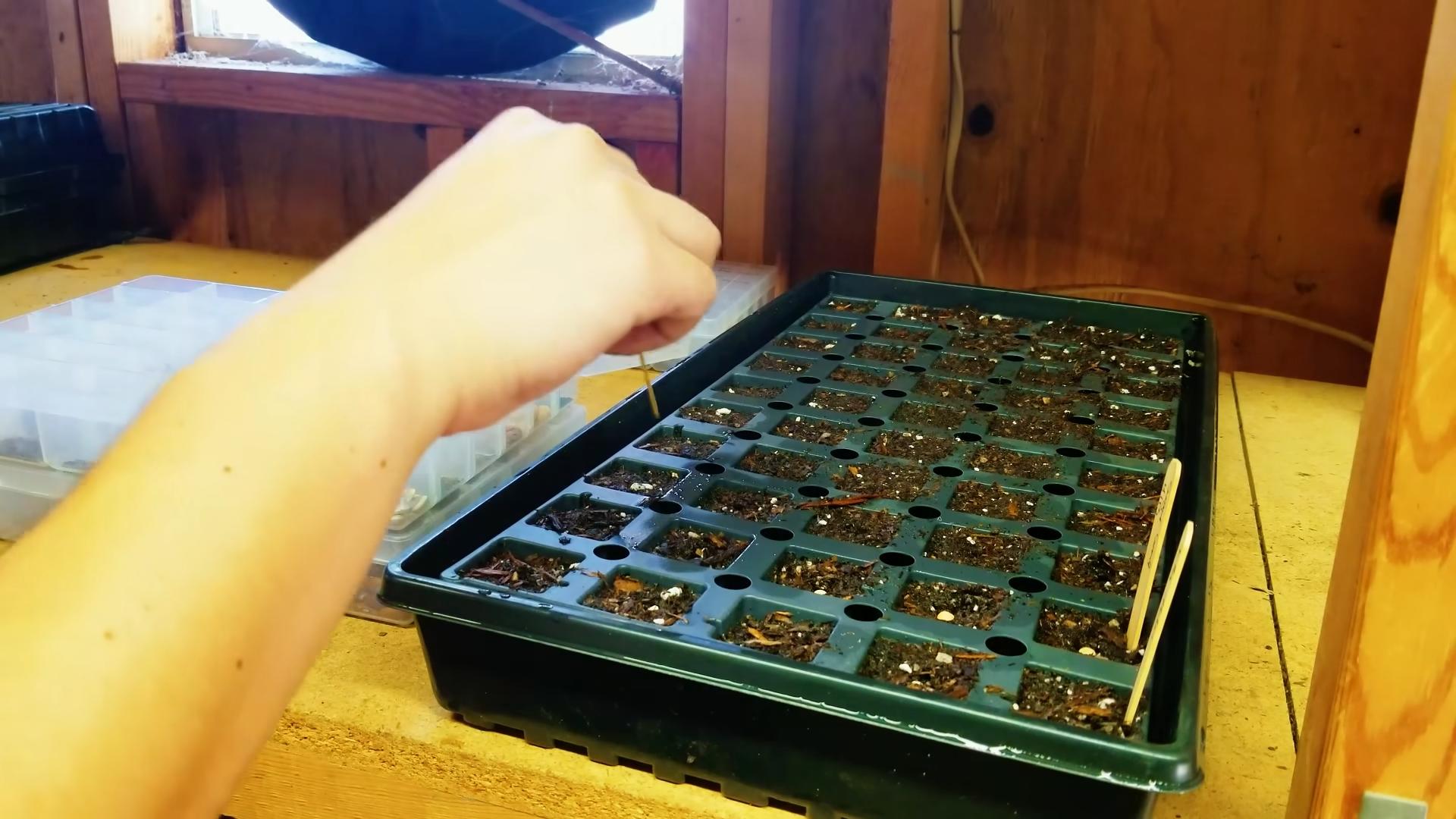
Conclusion
Growing artichokes at home might seem daunting, but this DIY approach proves it’s surprisingly achievable and incredibly rewarding. You’ll not only enjoy the freshest, most flavorful artichokes imaginable, but you’ll also experience the deep satisfaction of nurturing a plant from its beginning to its bountiful harvest. This method bypasses the often-expensive and sometimes disappointing experience of buying pre-grown plants, offering you complete control over the process and the opportunity to tailor your growing environment to your specific needs. The unique satisfaction of harvesting your own homegrown artichokes is unparalleled, a testament to your gardening skills and a delicious reward for your efforts. Beyond the simple pleasure of eating your own produce, growing your artichokes contributes to a more sustainable lifestyle, reducing your carbon footprint and connecting you more deeply with the natural world.
Don’t be intimidated by the idea of growing artichokes from seed or division. This DIY method simplifies the process, making it accessible to both seasoned gardeners and enthusiastic beginners. The detailed instructions and troubleshooting tips provided throughout this guide ensure a smooth and successful growing experience. Experiment with different varieties to discover your favorites, and remember that even minor variations in your approach can lead to exciting results. Consider experimenting with companion planting, using herbs like rosemary or sage to deter pests and enhance the flavor of your artichokes. You can also explore different soil amendments to optimize your soil’s drainage and nutrient content. The possibilities are endless!
We strongly encourage you to embark on this rewarding journey of growing your own artichokes. It’s a project that combines the joy of gardening with the delicious reward of a unique and flavorful harvest. Share your experiences, successes, and even your challenges with us and the wider gardening community. Your feedback and insights will inspire others to try their hand at this fulfilling endeavor. Post pictures of your thriving artichoke plants and your delicious harvest on social media, using the hashtag #DIYArtichokeGrowing. Let’s build a supportive community of home artichoke growers, sharing tips, tricks, and the joy of this remarkable plant.
Remember, the key to success lies in patience, observation, and a willingness to learn and adapt. With a little dedication, you’ll be enjoying the fruits – or rather, the “flowers” – of your labor in no time. So, grab your seeds or divisions, prepare your soil, and get ready to experience the magic of growing your own artichokes. It’s a journey well worth taking!
Frequently Asked Questions
Q: How long does it take to grow artichokes from seed to harvest?
The time it takes to harvest artichokes from seed can vary depending on the variety and growing conditions, but generally, you can expect a harvest within 2-3 years. Some faster-growing varieties might produce a harvest sooner, while others might take a bit longer. Patience is key!
Q: Can I grow artichokes in containers?
Yes, you can grow artichokes in large containers, provided they have adequate drainage and are at least 18-24 inches in diameter and depth. Choose a well-draining potting mix and ensure the containers receive ample sunlight.
Q: What are the best soil conditions for growing artichokes?
Artichokes thrive in well-drained, slightly acidic soil (pH 6.0-7.0) that is rich in organic matter. Amend heavy clay soils with compost or other organic materials to improve drainage. Sandy soils may benefit from the addition of organic matter to retain moisture.
Q: How much sunlight do artichokes need?
Artichokes require at least 6-8 hours of direct sunlight per day to thrive. Choose a sunny location in your garden or position your containers to receive maximum sunlight.
Q: What are some common pests and diseases that affect artichokes?
Common pests include aphids, spider mites, and caterpillars. Diseases such as crown rot and verticillium wilt can also affect artichokes. Regular inspection and prompt treatment with appropriate organic or chemical controls are essential.
Q: How do I harvest artichokes?
Artichokes are ready for harvest when the buds are firm, tightly closed, and the bracts are dark green and slightly purplish. Cut the artichokes from the plant with a sharp knife, leaving about an inch of stem attached.
Q: Can I save seeds from my homegrown artichokes for planting next year?
While you can attempt to save seeds, it’s often more reliable to propagate artichokes through division of the plant’s offsets (small plants that grow at the base of the main plant). This method ensures that you maintain the characteristics of your chosen variety.
Q: What should I do if my artichoke plants aren’t producing many buds?
Several factors can affect artichoke production, including insufficient sunlight, poor soil drainage, nutrient deficiencies, or pest infestations. Review the growing conditions and address any potential issues. Ensure your plants receive adequate water and fertilizer.
Q: Are there different varieties of artichokes I can grow?
Yes! There are numerous artichoke varieties available, each with its own characteristics in terms of size, flavor, and growing habits. Research different varieties to find those best suited to your climate and preferences. Consider factors like cold hardiness and maturity time when making your selection.
Q: What are some ways to preserve my harvested artichokes?
Fresh artichokes are best enjoyed immediately, but you can also preserve them by freezing or canning. Freezing is a simple method that preserves the artichokes’ flavor and texture. Canning requires more effort but allows for longer-term storage.


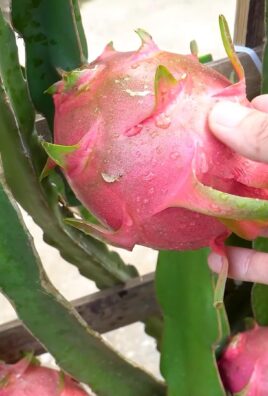
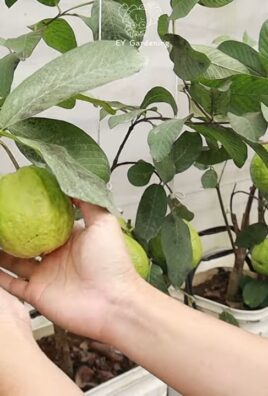
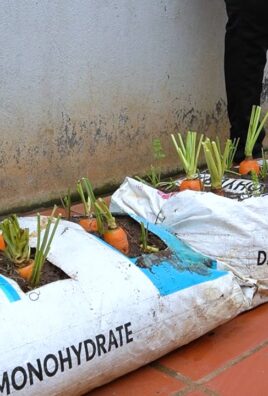
Leave a Comment